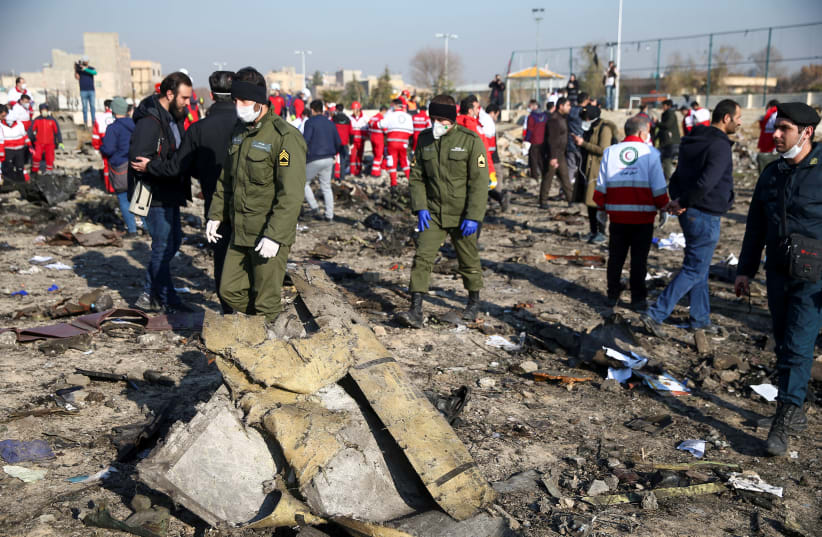Ukrainian plane was on fire before crash - Iran investigation
The Ukrainian International Airlines Boeing 737-800, flying to Kiev and carrying mostly Iranians and Iranian-Canadians, crashed shortly after taking off on Wednesday from Tehran’s airport.
